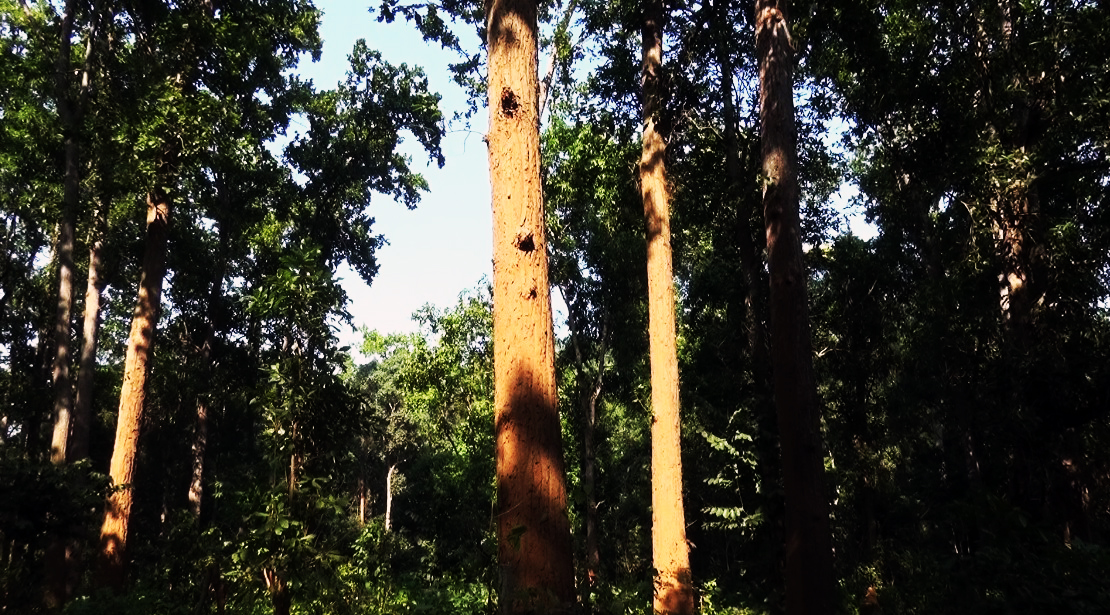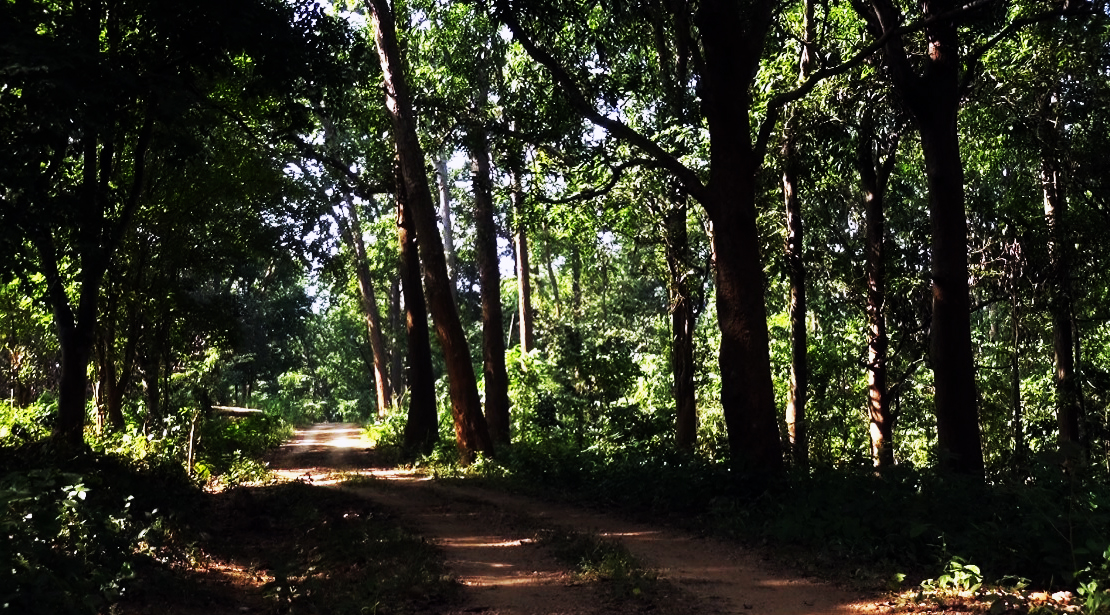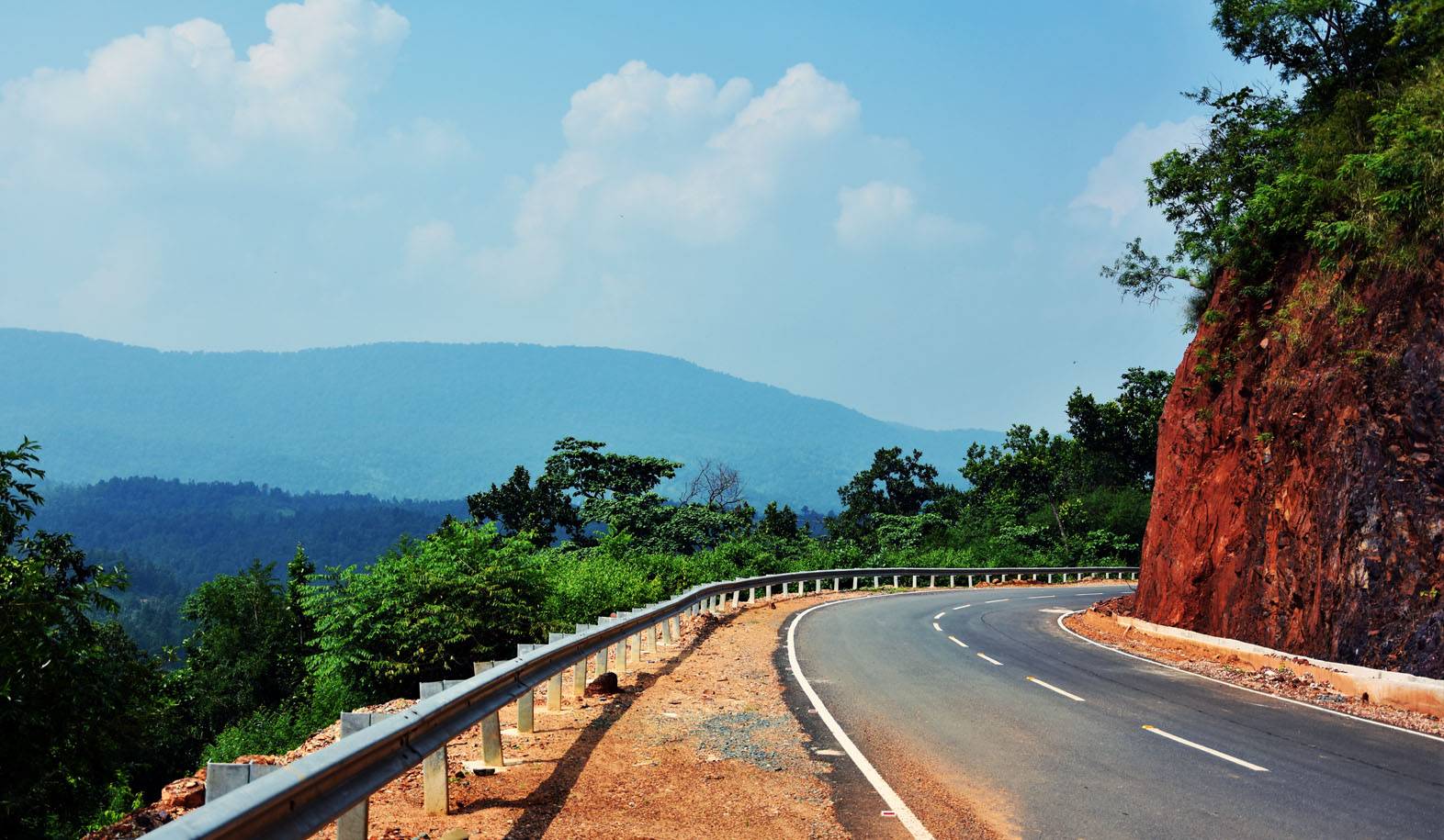The forest of Saranda is the most exquisite gift of the nature. Its grandeur, bewitching charm and splendor keep one spell bound. Perhaps nature could have been more generous in adoring the contours of its seven hundred. Onlooker gazing from one of the several hills peaks at the panorama will readily agree. The landscape presents a beautiful view of hills upon hills with thickly wooded valleys and meandering live streams. There could not have been a most significant moments of one’s life to get an opportunity to visit this kingdom of Sal trees with nature bounty and rich biodiversity.
Saranda Forest Since 1836
The forests of Saranda Division




HISTORY
The Kolhan estate, which embraces the forests of Saranda Division, was formerly the property of the Raja of Porhat, then Knows as the Raja of Singhbhum. It was placed under the management of Government in the year 1836. The first settlement took place in the following year. Subsequent settlements were made in the years of 1855, 1867, 1897 and 1918. The forests were reserved in 1882. Prior to reservation the upper and steeper slopes of the forests were subjected to extensive “Jhuming “ or “ Shifting” cultivation, while on the lower slopes and level lands “gora” or dry cultivatiom was practiced.The first investigation into the question of reserving forests in Chhotanagpur was sponsored by Dr. Anderson, the Conservator of Forests, Bengal in 1864. An area of 1,99,740 acres, as originally estimated was notified under section 4 of Indian Forest Act 1878 on 26th November ,1880 and was finally declared on 17th May,1882 reserved forest under section 19 , but with effect from the 1st April 1889.Although Saranda was notified as a reserve with effect from 1882 and the demarcation was reported as complete in 1882, parts of the boundaries long remain uncertain. The notification specified the boundaries here as the common border of Singhbhum with that of the states of Keonhjar , Bonai and Gangpur. The Sate boundaries however were not clearly marked on the ground. The Keonjhar boundary, for instance, was not finally demarcated till 1899. Uncertainties regarding the correct boundaries of these forests continued in varying degrees until the forest survey of 1903 finally clarified the position. A small dispute on the Bonai State border involving 166 acres was settled in favor of Saranda in 1912.
ADMINISTRATIVE HISTORY
1880-81
The Singhbhum forest was attached for administrative control of Hazaribagh.
1884-85
Chhotanagpur Forest Division was created, comprising all the forests of Singhbhum, Palamau and Koderama.
1890
A separate Singhbhum Forest Division was created, comprising four ranges namely Saranda, Kolhan , Porahat and Chaibasa.
1893-94
Saranda Range was split up into Samta and Koina Ranges.
1906-07
A separate Chaibasa Forest Division was created comprising of Kolhan Protected Forests.
1912
The Saitba, Santra and Latua R.F. Blocks were transferred from the Singhbhum Division to Chaibasa Division.
1916
A separate Porahat Division was created. And Saitba, Santara and Latua blocks were retransferred from Chaibasa Division to Singhbhum Division.
1924
The Singhbhum Forest Division was split up into two independent Division, namely Kolhan Division and Saranda Division. Saranda Division embraces Koina , Samta and Trilposi Ranges.
1927
The koina Range providing unwieldy was split up into Koina and Gua Rang
1931-32
Trilposi Range was absorbed into Samta Range.
1995
Sasangda Range created by splitting Gua and Samta Range
2024
Started Online Booking for Forest Safari



